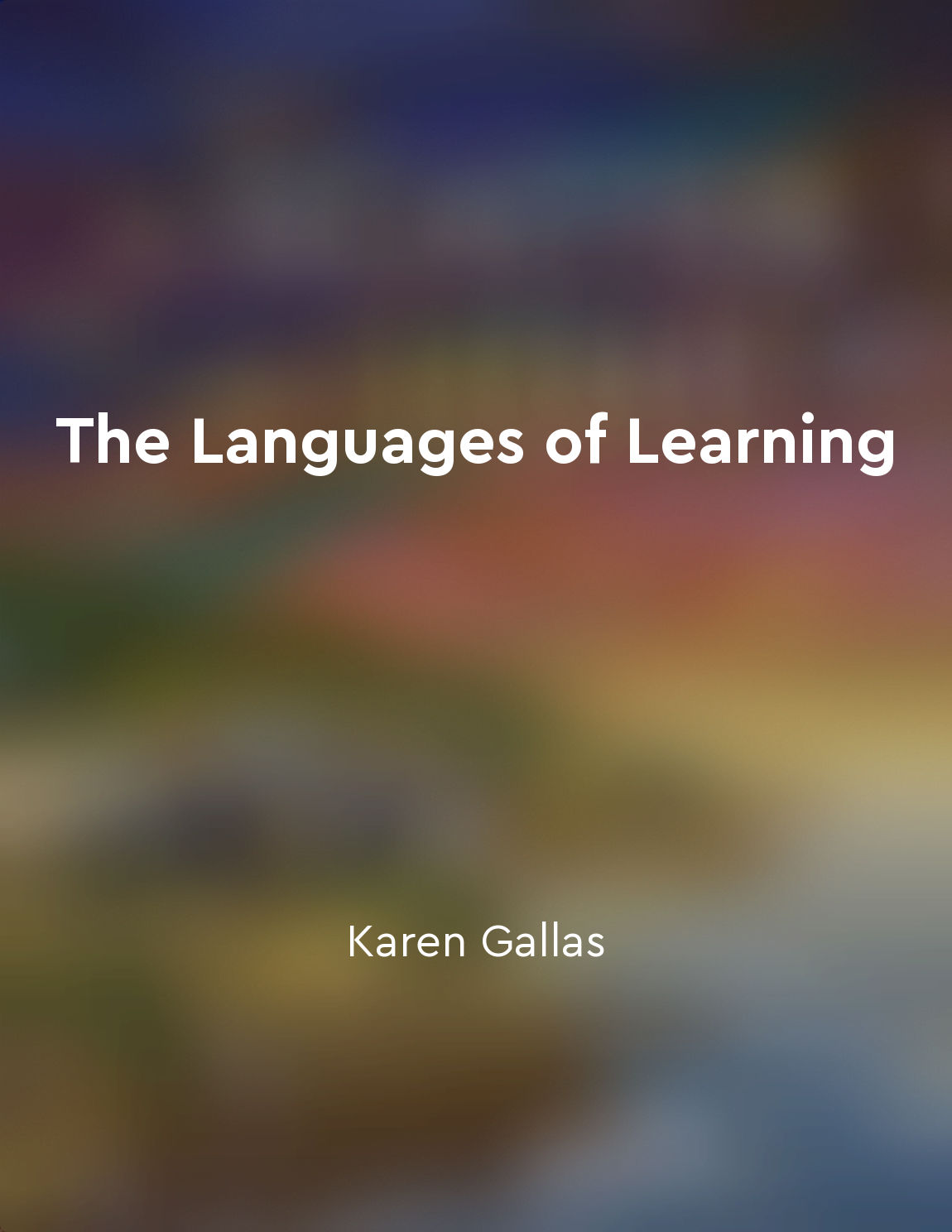Children's languages of learning are powerful tools for teachers from "summary" of The Languages of Learning by Karen Gallas
Children's languages of learning serve as powerful tools for teachers in the classroom. By understanding and acknowledging the different ways in which children communicate and make meaning of their experiences, teachers can create more effective and engaging learning opportunities for their students. When teachers pay attention to the languages of learning that children use, such as drawing, storytelling, play, movement, and song, they gain valuable insights into the children's thoughts, feelings, and perspectives. This allows teachers to tailor their instruction to better meet the needs and interests of each individual child, fostering a more meaningful and productive learning en...Similar Posts
Aligned with NCERT guidelines
The concept of being aligned with NCERT guidelines is essential for any educational material to ensure that it meets the standa...
Cherishing every moment
The idea of cherishing every moment is one that resonates deeply with me. It is a concept that I have come to appreciate throug...
Strategies for managing transitions and routines
Transitions can be tricky for preschoolers. Moving from one activity to another can be challenging, especially when they are en...

Teach children to manage emotions
Helping children learn how to manage their emotions is crucial for their overall well-being and success in life. When children ...
Learn to improve your vocabulary effortlessly
The key to expanding your vocabulary effortlessly lies in making a conscious effort to expose yourself to new words on a regula...
Ambiguity in language is resolved through context
Ambiguity in language is a pervasive issue that we encounter in our everyday communication. Words and phrases can often have mu...
Children have a natural desire to learn
Children have a natural desire to learn. This desire is inherent in every child from the moment they are born. It is not someth...

